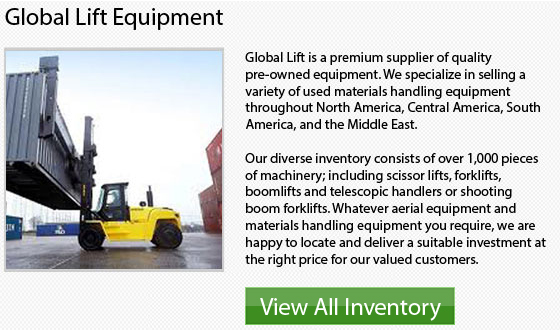
Daewoo expanded into the construction sector, serving a development program for rural Korea, the new village movement. The company also capitalized on the burgeoning African and Middle Eastern markets. Daewoo was given its GTC designation at this time. The government of South Korea offered major investment help to the company in the form of subsidized loans. The strict import controls of South Korea angered competing countries, but the government knew that, without help, the chaebols will never endure the world recession caused by the 1970's oil crisis. Protectionist policies were necessary to make certain that the economy continued to grow.
Even though the government felt that Hyundai and Samsung had the greater knowledge in heavy engineering, Daewoo was forced into shipbuilding by the government. Okpo, the biggest dockyard within the globe was not a responsibility that Kim was wanting. He stated lots of times that the Korean government was stifling his entrepreneurial instinct by forcing him to undertake actions based on responsibility rather than earnings. In spite of his reluctance, Kim was able to turn Daewoo Shipbuilding and Heavy Machinery into a profitable corporation producing oil rigs and ships which are competitively priced on a tight production schedule. This took place in the 1980s when the economy in South Korea was experiencing a liberalization stage.
Throughout this period, the government relaxed its protectionist measures and encouraged the existence of medium- and small-sized businesses. Daewoo was forced to divest two of its crucial textile companies, and its shipbuilding industry faced stiffer competition from overseas. The objective of the government was to shift to a free market economy by encouraging a more efficient allocation of resources. Such a policy was meant to make the chaebols more aggressive in their international dealings. Nevertheless, the new economic climate caused some chaebols to fail. Amongst Daewoo's competitors, the Kukje Group, went into bankruptcy during the year 1985. The shift of government favour to small private companies was meant to spread the wealth that had previously been concentrated within Pusan and Seoul, Korea's industrial centers.